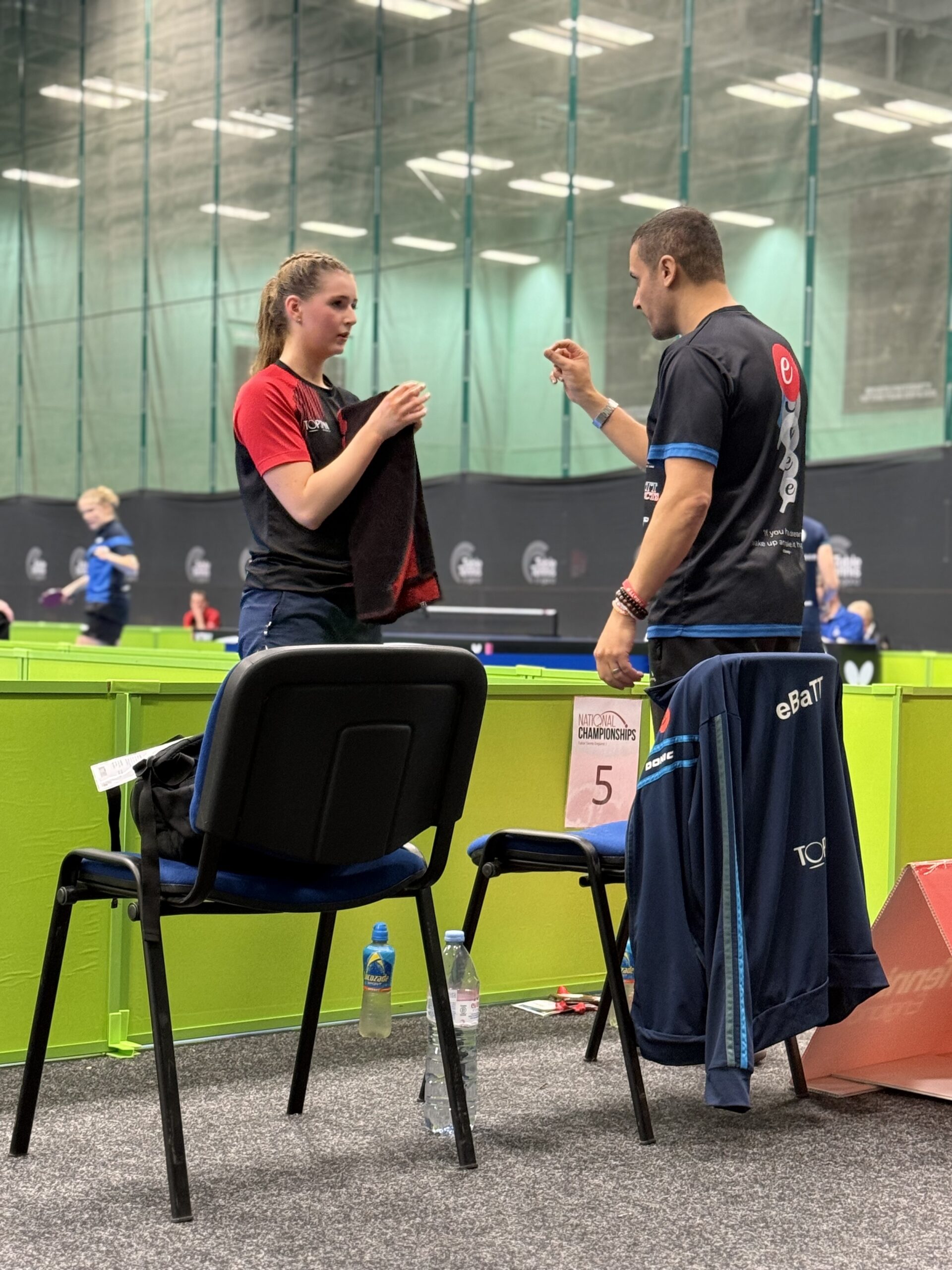The modern table tennis game seems to have forgotten about the forehand flick!
Table tennis like any sport which has a core selection of shots and skills and each element requires an increased level of value.
Backhand Flick:
The backhand flick’s value has increased greatly over the past 5-10 years. Today we see almost every top player using the backhand flick from all sections of the table. Players such as Dima and Harimoto try to flick with their backhands on every possible occasion. But is this the best option? Or is it hampering results that may be achieved with less usage of the backhand flick?
Backhand flick issues:
Having watched Harimoto and Dima very closely over the years I’ve noticed the backhand flick gives them advantages over most! The issue is it also has a downside. When playing left-handers the backhand flick becomes a lot harder to execute. This is because where left-handers serve from. They serve wide to a right-handers forehand side and can execute a fast and long serve down the line (to the backhand). Now if you commit and flick with you’re backhand to a lefty’s backhand you’ll receive a fast and short, whipping counter topspin. If you flick to his/her forehand you’ll surely receive a big booming forehand. Which is why often lefties have the upper hand against Dima and Hari.

What you train you will have, what you don’t practice you won’t have!
Harimoto and Dima both suffer from their forehand flicks and most returns with the forehand. Simply because they so very rarely use it and I imagine don’t practice the FH return often enough.
Harimoto was exposed in the Junior Olympics a few days ago against Wang a lefty from China. It’s clear the Harimoto is a world-class player but to be a true champion in today’s game you need to cover most holes. And if you do have weaknesses then they must be very small!
Flicking ratio:
Twenty or thirty years ago, most would be returning services with approximately 70% with FH. Today it’s the opposite if not even more of a higher percentage in favour of the backhand return.
My opinion:
If you want to be a major title winner you require a good forehand return alongside the backhand.
I focus on an approximate ratio of 60% backhand and 40% forehand. This gives my players strength on both wings. Of course, this ratio sways from one to the other depending on the player. Taking into account what they feel comfortable playing with, their style of play and footwork capabilities.
A short video giving a tip on the banana flick – click here
The lesson:
Balance is the secret in success, too much or too little of one thing is never good.









